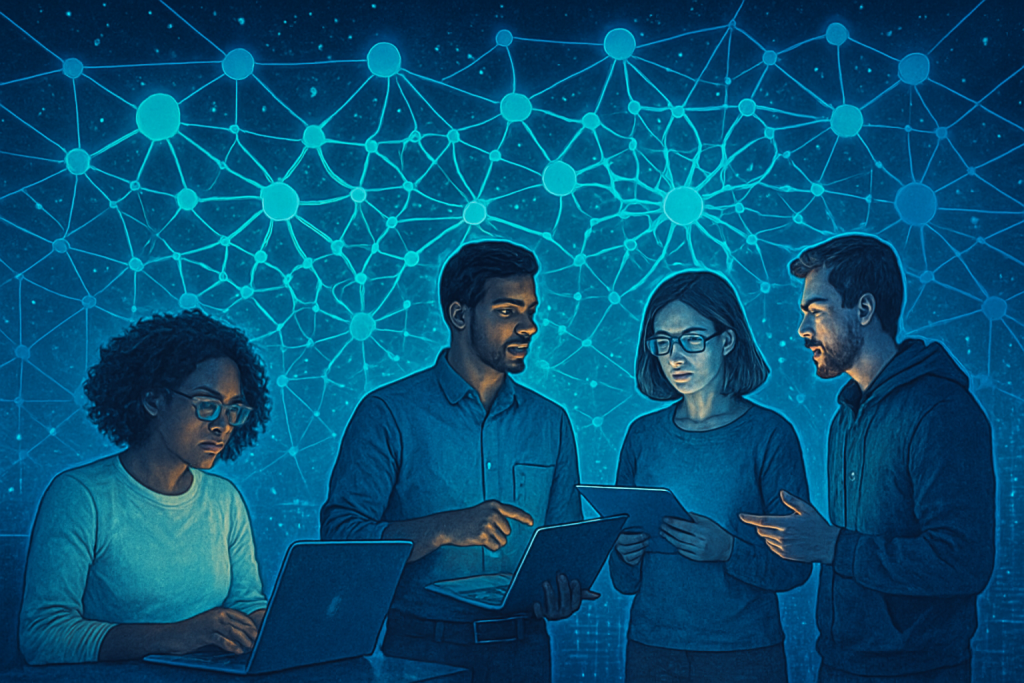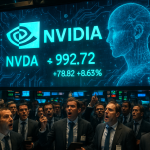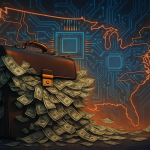Elon Musk, never one to shy away from shaking things up, dropped another bombshell on August 23rd, 2025. This time, it wasn’t a rocket launch or a Twitter (err, X) policy change. It was something potentially even more disruptive: the open-sourcing of xAI’s Grok 2.5 model. And, just to keep the pot stirring, he announced plans to release Grok 3 as open source within the next six months. Cue the collective gasp from the AI community.
For those just tuning in, Grok is xAI’s answer to the large language model (LLM) craze, a competitor to the likes of GPT-5 (or whatever OpenAI is calling it these days) and Google’s Gemini iterations. It’s known for its advanced natural language processing capabilities, meaning it can understand and generate human-like text with impressive accuracy. Think of it as the AI equivalent of that super-smart friend who always knows the right thing to say, but hopefully with fewer awkward silences.
But why open-source it? That’s the million-dollar question, or perhaps the billion-dollar question, considering the investments pouring into AI right now. To understand the significance of this move, we need to rewind a bit.
The debate around open-source AI has been raging for years. On one side, you have the proponents of closed, proprietary models, arguing that tight control is necessary to prevent misuse and ensure responsible development. They’re the guardians of the AI galaxy, if you will, carefully protecting their intellectual property. On the other side, you have the open-source advocates, who believe that democratizing access to AI is the key to innovation and progress. They see AI as a tool that should be available to everyone, not just a select few. Think of it as the difference between the meticulously curated world of Apple’s iOS and the wild west of Android. Both have their merits, but they represent fundamentally different philosophies.
Musk has consistently voiced his support for open AI, citing concerns about the potential dangers of centralized control and the importance of transparency. He’s been warning about the Skynet scenario long before it was cool (or, you know, terrifying). This move with Grok 2.5 is a tangible demonstration of that belief, a putting-his-money-where-his-mouth-is moment.
So, what does it actually mean to open-source an AI model like Grok 2.5? Well, it’s not like handing out the source code to your average iPhone app. These models are incredibly complex, involving vast amounts of data and intricate algorithms. When xAI open-sources Grok 2.5, they’re essentially releasing the blueprint, the recipe, and the ingredients (well, maybe not *all* the ingredients, data privacy is still a thing) that allow anyone to understand, modify, and build upon the model. Researchers can dissect its inner workings, developers can integrate it into their applications, and organizations can tailor it to their specific needs. It’s like giving the keys to the kingdom, or at least to the AI lab.
The implications are far-reaching. The immediate effect is a surge of activity within the AI research community. Expect to see a flurry of papers analyzing Grok 2.5, identifying its strengths and weaknesses, and proposing improvements. This collaborative effort could lead to breakthroughs in areas like bias detection, safety mechanisms, and overall performance. Imagine a global think tank, all focused on making Grok even better.
But it’s not all sunshine and rainbows. Open-sourcing a powerful AI model also carries risks. The potential for misuse is a valid concern. A malicious actor could, in theory, use Grok 2.5 to generate convincing fake news, create sophisticated phishing scams, or even develop autonomous weapons systems. It’s the classic “with great power comes great responsibility” dilemma, Spiderman style.
The regulatory landscape is also likely to become even more complex. Governments around the world are already grappling with how to regulate AI, and open-sourcing models like Grok 2.5 adds another layer of complexity. How do you hold someone accountable for the actions of an AI model that has been modified and distributed by countless individuals and organizations? It’s a legal and ethical minefield.
From a financial perspective, the open-sourcing of Grok 2.5 could have a ripple effect across the AI industry. It could put pressure on other companies to follow suit, leading to a more open and competitive market. It could also accelerate the development of new AI-powered applications and services, creating new economic opportunities. Think of it as the AI equivalent of the Linux revolution, where open-source software disrupted the dominance of proprietary operating systems.
Ultimately, Musk’s decision to open-source Grok 2.5 is a bold move that reflects his unwavering belief in the power of open collaboration. It’s a gamble, no doubt, but one that could potentially unlock the full potential of AI and benefit humanity as a whole. Whether it pays off remains to be seen. But one thing is certain: the AI landscape just got a whole lot more interesting. And you can bet that the “Just Buzz” team will be here to cover every twist and turn.
Discover more from Just Buzz
Subscribe to get the latest posts sent to your email.


